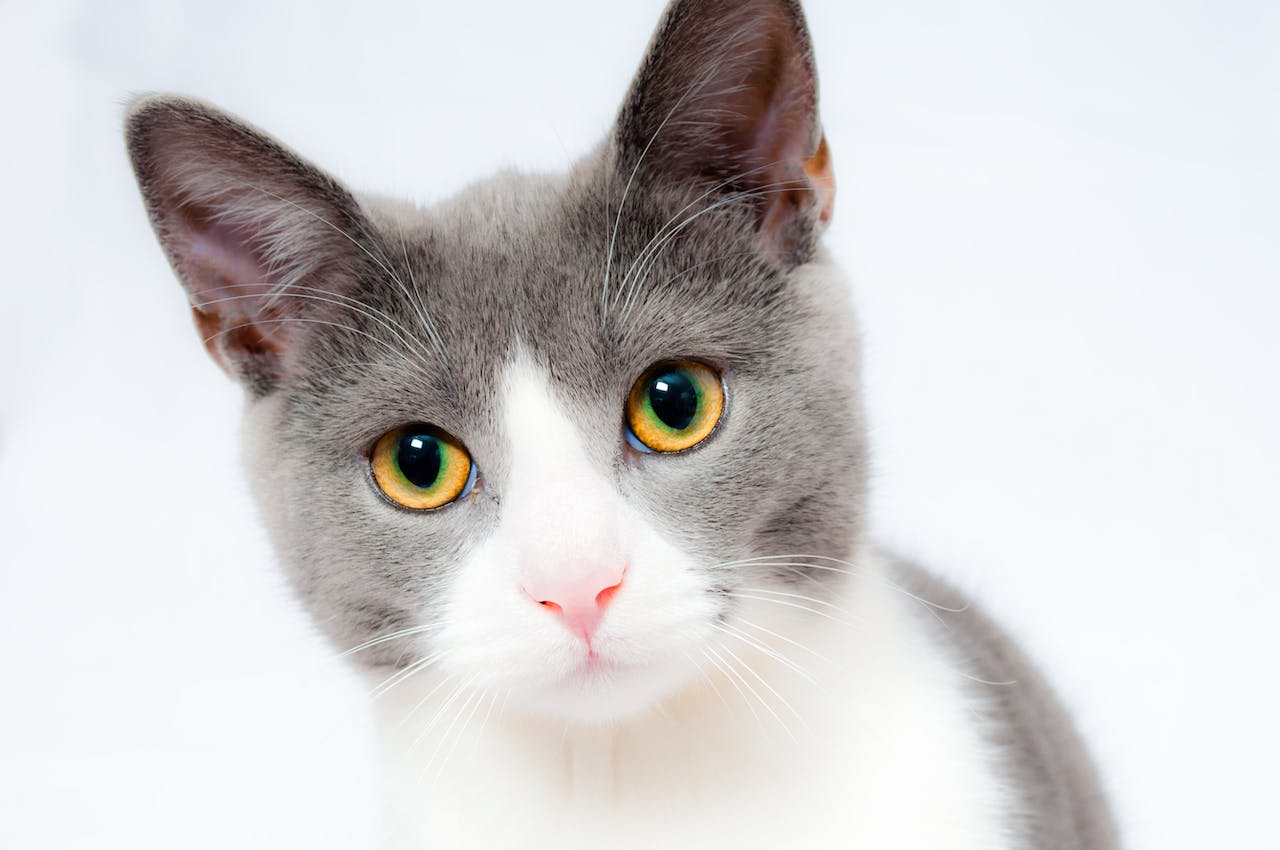5 Tips to Spot Heart Disease in Cats Sooner

Heart disease in kitties is sneaky business. Without any warning symptoms, it can lay a cat low with life threatening, and sometime even life ending issues. Why is feline heart disease so difficult to detect in its early stages? In part, it has to do with the relatively sedentary lifestyle of cats. This makes it difficult to observe decreased stamina or tolerance for exercise. Unlike dogs, most cats don’t engage in a regular exercise routine that might include walks, fetching, or playing with their buddies at the dog park.
What you can do
As is the case with many health issues, the earlier heart feline disease is detected, the better the outcome is likely to be. So, how is it possible to detect the earliest stage of heart disease in your kitty? Here are some suggestions.
- Pay close attention to your cat so that you can detect any subtle changes. Some of the earliest signs of heart disease can include: an increase in respiratory rate, decreased appetite, vomiting, matted fur from decreased self-grooming, weakness in the hind legs (difficulty jumping), and a change in routine (not showing up in the usual places at the usual times).
Be particularly on the alert if your kitty is a Persian, Ragdoll, or Maine Coon Cat. These breeds are predisposed to heart disease.- An annual office visit with your veterinarian is perhaps the most important step in detecting the early stages of heart disease. The visit should include a thorough physical examination that includes checking your cat’s gum color and chest auscultation (carefully listening to the heart and lungs with a stethoscope).
Be ready for other diagnostic steps involved in detecting heart disease. These may include x-rays of the chest cavity, blood testing, urinalysis, an electrocardiogram, and an echocardiogram (ultrasound of the heart). Specific blood tests may include heartworm testing and a proBNP test. NTproBNP is a peptide that is released from the heart muscle in response to change, such as increased stretch of the muscle or decreased oxygen supply. An increased NTproBNP test is suggestive of heart disease and warrants further investigation.- If you feed your cat a homemade diet, consult with a veterinary nutritionist to be sure that what you are preparing contains an adequate amount of taurine. A deficiency of this important amino acid (protein component) is a known cause of dilated cardiomyopathy, a type of heart muscle disease.
The hassle factor
Without question, visiting the veterinary clinic is difficult with some cats. There’s the getting the cat into the carrier, listening to yowling while driving, and then trying to restrain an angry critter during the exam. Regardless of this hassle factor, remember that the annual exam is critically important. If you experience difficulties getting your cat to the veterinary hospital, talk with your veterinarian or veterinary technician in advance of the visit. They are bound to have some tricks up their sleeves that will make the whole process less stressful for you and your kitty.












